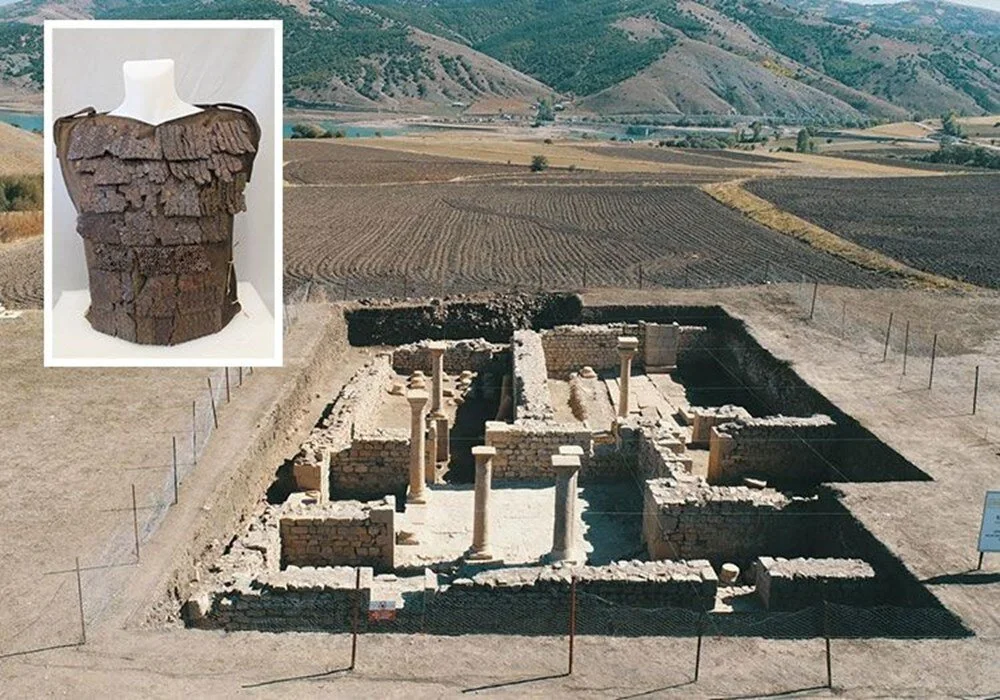
Restoration of the only known Roman Lorica Squamata model armor in the world completed
The restoration of the only known Roman Lorica Squamata model armor in the world, discovered 4 years ago during the excavations of the ancient city of Satala, has been completed.
According to the statement made by the Ministry of Culture and Tourism, a Roman legionary armor, “Lorica Squamata”, was found in the ancient city of Satala in Gümüşhane during the excavation season in 2020. The Roman legionary armor, “Lorica Squamata”, which was removed from the field with the contributions of the Ankara Regional Laboratory, is of particular importance as it is the only known example in the world.
The armor, which was brought to Erzurum Regional Laboratory Directorate of Restoration and Conservation in 2021 and preserved with its soil during the first documentation phase, was examined by X-ray and tomography at Erzurum Atatürk University.
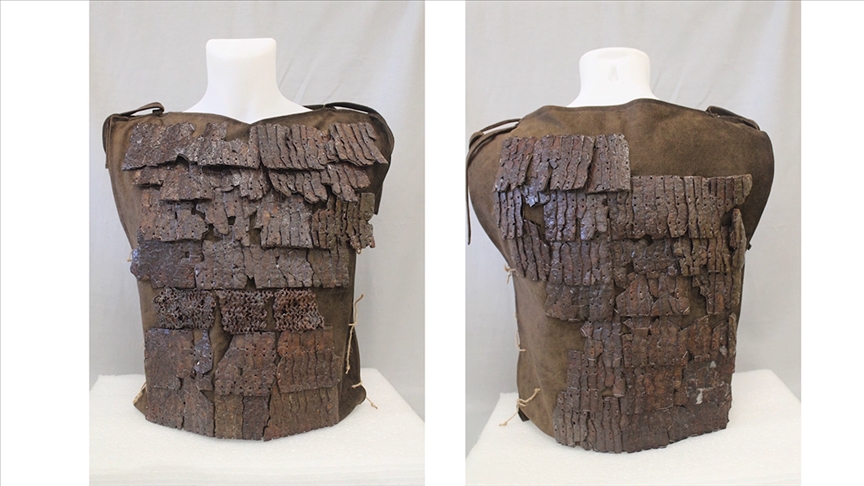
Thanks to the micro CT imaging of the 3-slab block taken from the edges of the armor, which was found to be almost completely intact in the X-ray results, its exact dimensions and partially metallurgical properties were determined.
📣 Our WhatsApp channel is now LIVE! Stay up-to-date with the latest news and updates, just click here to follow us on WhatsApp and never miss a thing!!
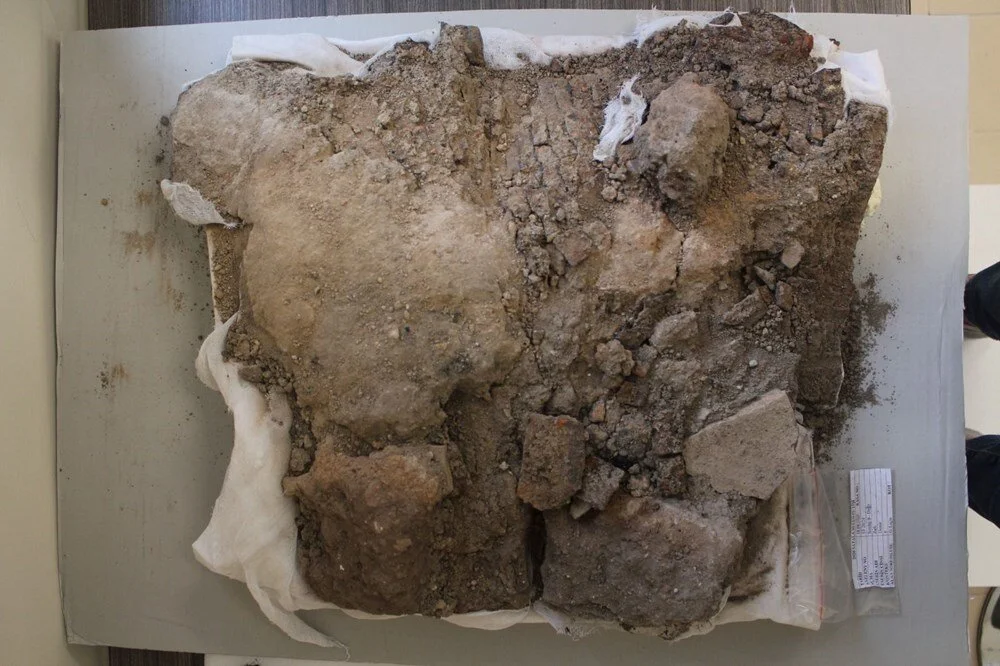
As a result of 3 years of meticulous work by Erzurum Restoration and Conservation Regional Laboratory, all the plates of the armor were coded on site and conservation and restoration processes were completed. The armor was then re-sewn on the mannequin and restored to its original form.
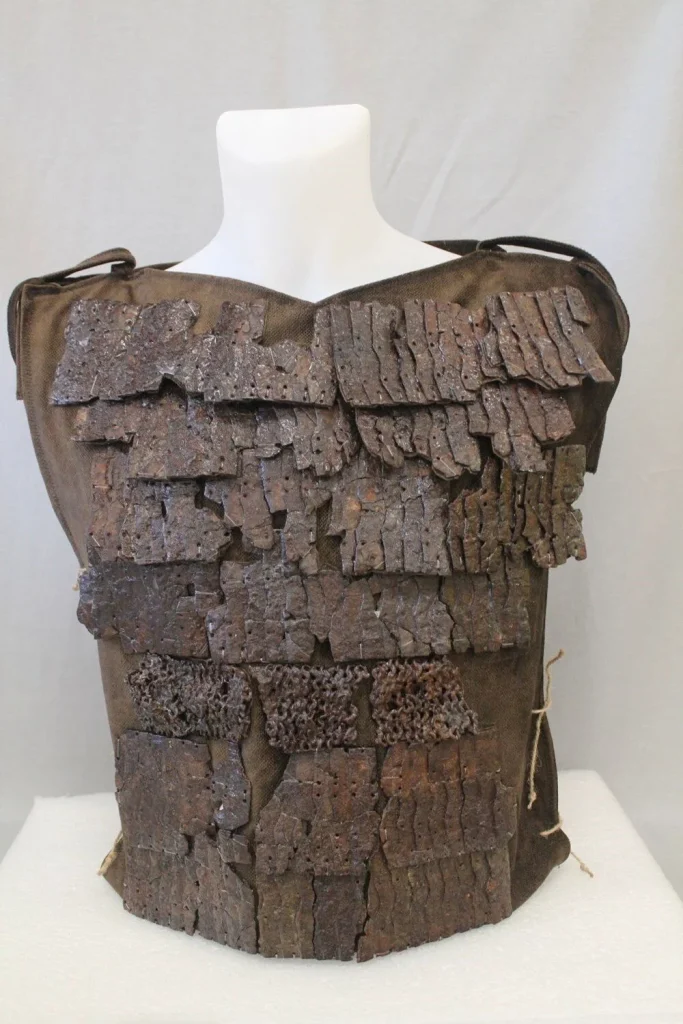
Opens a unique window into the warrior past of the Roman Empire
Minister of Culture and Tourism Mehmet Nuri Ersoy shared on his social media account that the Roman legionary armor was restored after 3 years of painstaking work.
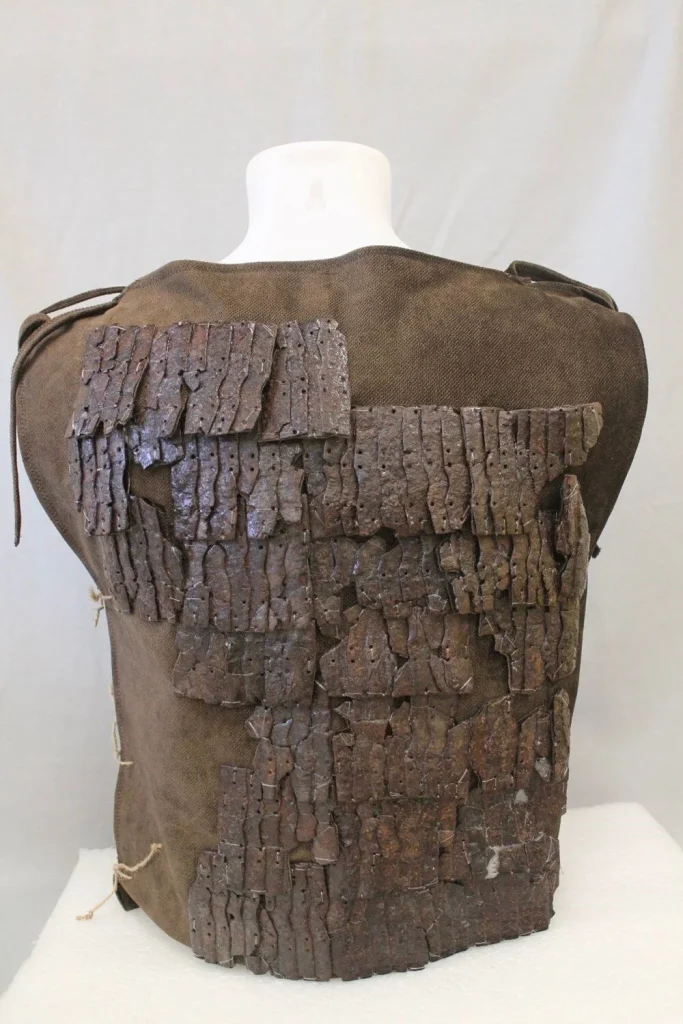
Ersoy noted the following:
“The only known ‘Lorica Squamata’ model armor in the world, which came to life again in the hands of experts at Erzurum Restoration and Conservation Regional Laboratory, has reached our day almost flawlessly. I would like to thank the staff of the General Directorate of Cultural Heritage and Museums who contributed to the recovery of this magnificent artifact, which opens a unique window into the warrior past of the Roman Empire.”
The ancient city of Satala, guarding the eastern border of the Roman Empire
The ancient city of Satala was founded on the banks of the Aksu Stream, a tributary of the Kelkit Stream in the Kelkit district of Gümüşhane, on the eastern foot of the Oak Mountains.
Many important structures such as a legion camp, baths, theater, temples and agoras were built in the ancient city of Satala, which was founded by Emperor Vespasian in 72 AD to protect the eastern border of the Roman Empire.
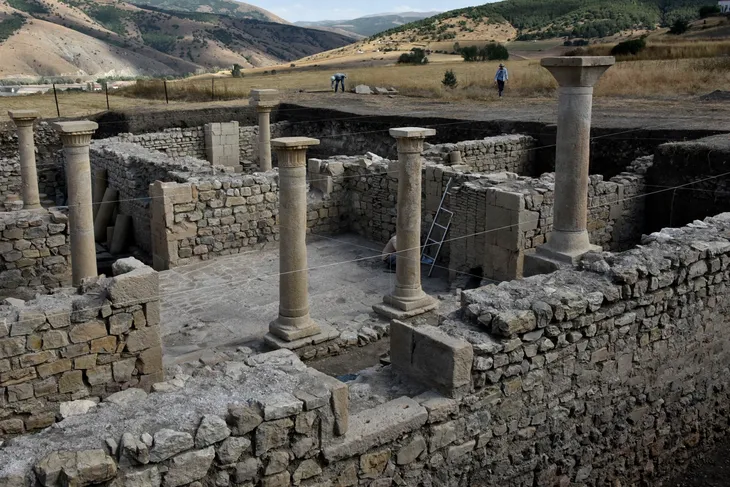
Located at the intersection of trade routes to Mesopotamia via the Euphrates River, Satala was an important trade and military center during the Roman Period.
The city also played an important role in the wars between the Romans and the Parthians and Sassanids.
The ancient city of Satala was abandoned after the Arab invasion in the 7th century.
Cover Photo: NTV
You may also like
- A 1700-year-old statue of Pan unearthed during the excavations at Polyeuktos in İstanbul
- The granary was found in the ancient city of Sebaste, founded by the first Roman emperor Augustus
- Donalar Kale Kapı Rock Tomb or Donalar Rock Tomb
- Theater emerges as works continue in ancient city of Perinthos
- Urartian King Argishti’s bronze shield revealed the name of an unknown country
- The religious center of Lycia, the ancient city of Letoon
- Who were the Luwians?
- A new study brings a fresh perspective on the Anatolian origin of the Indo-European languages
- Perhaps the oldest thermal treatment center in the world, which has been in continuous use for 2000 years -Basilica Therma Roman Bath or King’s Daughter-
- The largest synagogue of the ancient world, located in the ancient city of Sardis, is being restored











Leave a Reply